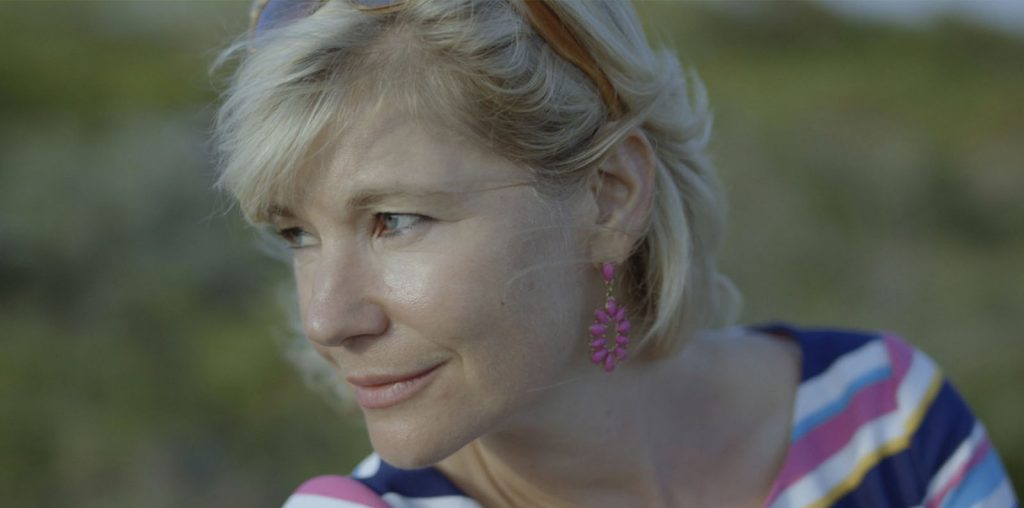
If I was forced to classify the relatively obscure, early seventies Czech film “Morgiana”, I’d say yes, it’s a horror film. If given the chance to elaborate, I’d claim that the film is also an exquisitely stylized, surrealist thriller and a fine study of the disturbed mind. As film expert Ian Conrich once claimed, “Morgiana” is best summed up by one word, “gothic”. Indeed, “gothic” perfectly describes a film that is heavy on woozy atmospherics and psychological complexities and light on the graphic bloodletting traditionally associated with the horror genre. Traditional horror or not, “Morgiana” will still freak you out plenty. Like other European art-house “horror” films of its time like “Don’t Look Now” and “Daughters of Darkness”, Juraj Herz’s film at first lulls you in with it’s mannered pacing and then abruptly makes you squirm with it’s hallucinatory freakishness. Think Bergman by way of Ken Russell.
Boldly employing a cinematic trick worthy of Bergman (then much later, though no less effectively, by Lynch, Depalma, and Cronenberg among others), Herz cast one actress to portray the film’s two leading roles. The trick really pays off as Iva Janzurova gives an astounding performance as the night-and-day, upper-crust sisters, Victoria and Clara. Victoria is the older, wicked, and quite seriously deranged one (visual clues include a plethora of both red and black attire, as well as a ghoulish complexion), while Clara is the younger, sweeter, and more attractive one (visually she exhibits a definite warmth, both in her glowing features and her lighter-colored wardrobe). The film opens as the will of the sisters’ recently deceased father is being read aloud. Victoria is given the family’s hunting lodge and their collection of fine jewels, while Clara inherits the remainder of the estate. The malicious Victoria however, won’t rest until she owns all and schemes to eliminate Clara. After visiting a mystic who equates her with the “Black Queen” and Clara with the “Queen of Hearts” and warns her to “get rid of any obstacles in her way”, Victoria administers to her unsuspecting sister a slow-acting poison. Within a few days Clara grows ill, her mind steadily deteriorating into a swirling miasma of waking dreams and distorted reality. At the same time, Victoria begins to violently struggle with her own sanity, as she is both haunted by and spiritually in tuned with her enigmatic cat, Morgiana.
Much like the poison eating away at Clara’s mind, Herz’s direction reveals a hypnotic mastery of the proverbial “smoke and mirrors”. The visual effect of Clara’s delirium, an effect not unlike 3-D without the silly glasses, is not so much surrealist as it is simply trippy. In fact, visual distortion is a prominent motif in this film, whether it’s the hallucinatory special effects, the point-of-view shots from the cat, or the cryptic references to eyeless dolls. Eyes are also a distinctive part of the opening credit sequence, in which deliciously macabre paintings of various body parts are spliced. The score by Lubos Fiser adds just the right amount of ornate malevolence to the proceedings. For all of Herz’s control over atmosphere however, “Morgiana” suffers from some aimlessness toward the end. The plot, which up until then was deliberately paced and yet consistently engaging, slightly deflates around two thirds of the way in, ultimately reaching a disappointing climax. For the most part though, “Morgiana” is an eerie mood-piece that will surely get under your skin.
Disagree with this review? Think you can write a better one? Go right ahead in Film Threat’s BACK TALK section! Click here>>>
